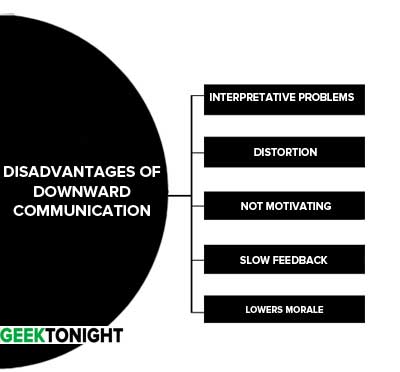
Meditation is a powerful practice recognized for its ability to alleviate stress, sharpen concentration, and foster emotional health. For newcomers, it offers a variety of options: choosing the appropriate technique, setting the time length, and selecting the breathing style. A crucial yet frequently overlooked choice is whether to meditate with eyes shut or opened. In this discussion, we delve into the effects of each method, assisting you in determining which best suits your practice.
**Meditating with Eyes Closed**
Meditating with your eyes shut can diminish distractions by blocking visual input, allowing for easier inward focus. This method supports practices centered on breathing, body scanning, and guided imagery. The lack of visual stimuli can promote deeper relaxation and enable a more profound examination of thoughts and emotions. Nonetheless, novices might encounter issues like drowsiness or a wandering mind.
**Advantages:**
– Establishes a setting that fosters concentration and self-reflection.
– Increases the capacity to connect with internal sensations and thoughts.
– Decreases sensory overload, resulting in a peaceful and relaxed state.
**Disadvantages:**
– Could elevate the chances of dozing off.
– Might intensify internal distractions and wandering thoughts.
**Meditating with Eyes Open**
Meditating with eyes open, commonly practiced in styles like Zen meditation, entails adopting a gentle gaze aimed at a stable point, generally on the ground or an empty wall. This technique can aid in integrating mindfulness into daily activities by enhancing awareness of the surrounding environment. It motivates practitioners to stay attentive, preventing sluggishness and improving focus amidst common distractions.
**Advantages:**
– Encourages alertness and deters sleepiness.
– Aids mindfulness in regular settings.
– Promotes the incorporation of meditation into everyday life.
**Disadvantages:**
– Might bring in distractions from the outside world.
– Demands extra discipline to maintain focus and avoid becoming overly engaged with the surroundings.
**Conclusion**
The choice between meditating with eyes open or shut is a personal one, and the ideal choice may vary based on individual tastes, objectives, and meditation styles. Testing both methods can offer insights into what feels most beneficial for you. Whether you seek isolation through an inward journey with closed eyes or engage with the world through open eyes, the essential aspect is cultivating consistency and mindfulness. By recognizing the effects of eye position, you can elevate the quality and depth of your meditation practice, ultimately enhancing a more balanced and aware life.